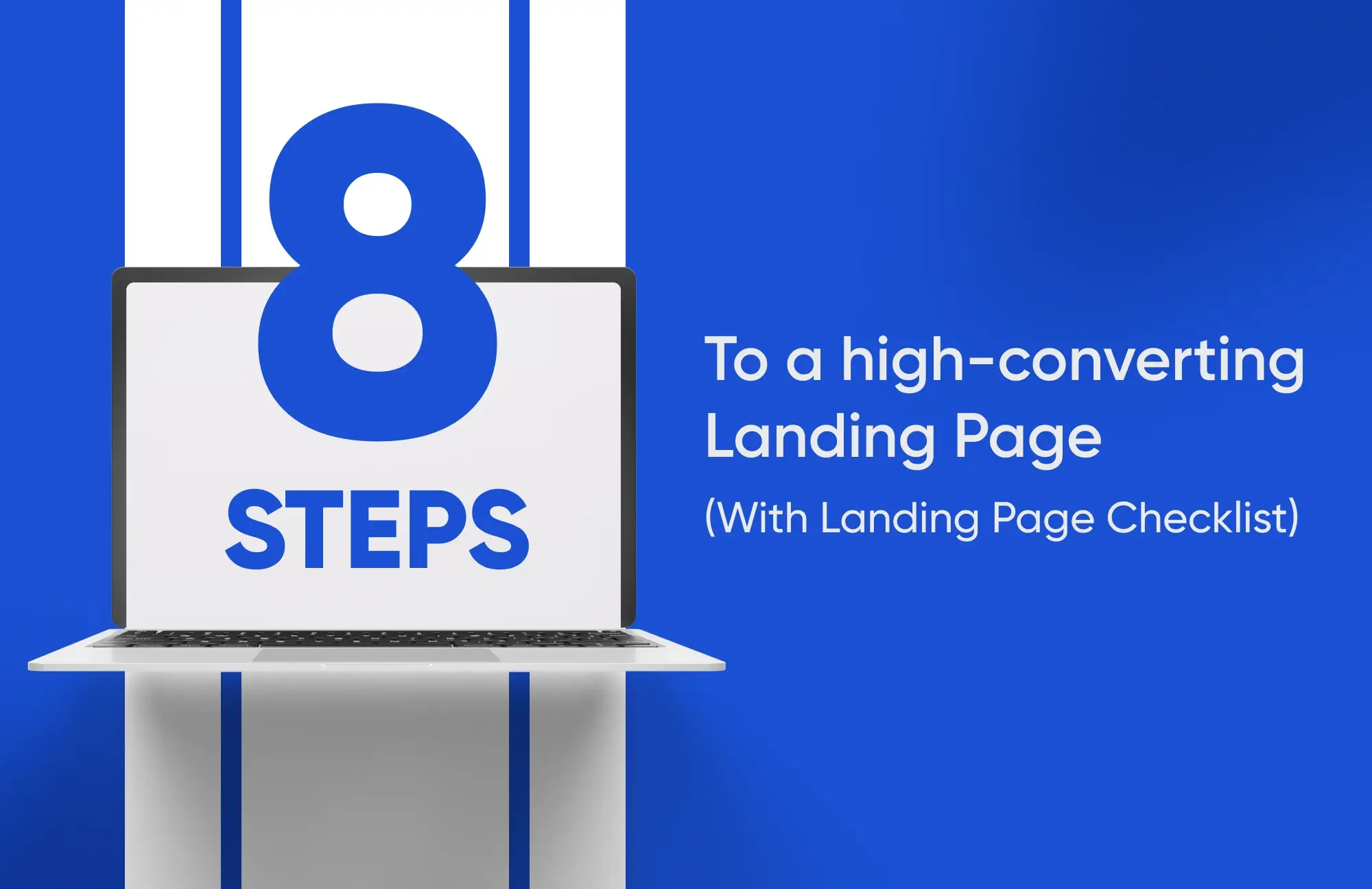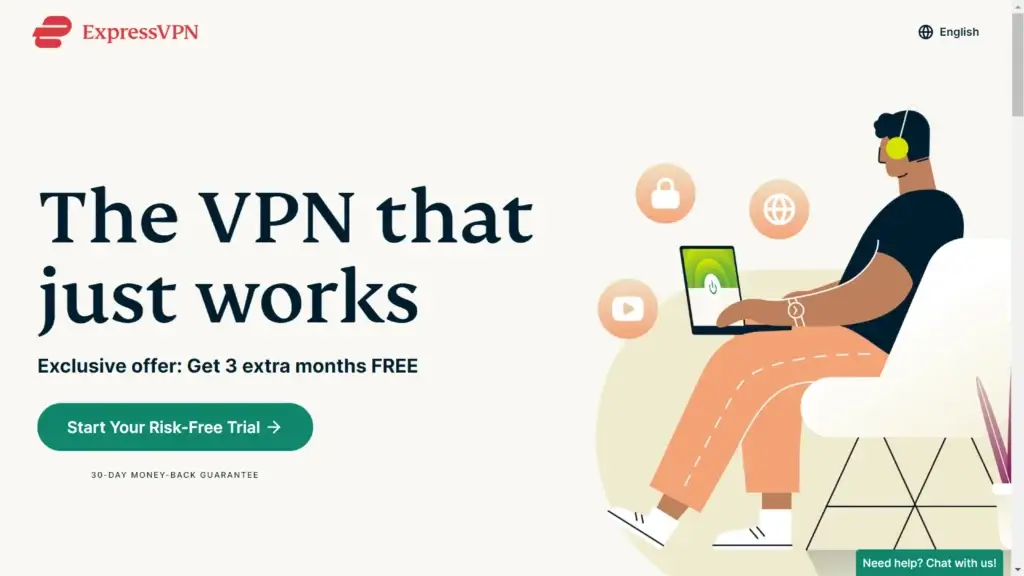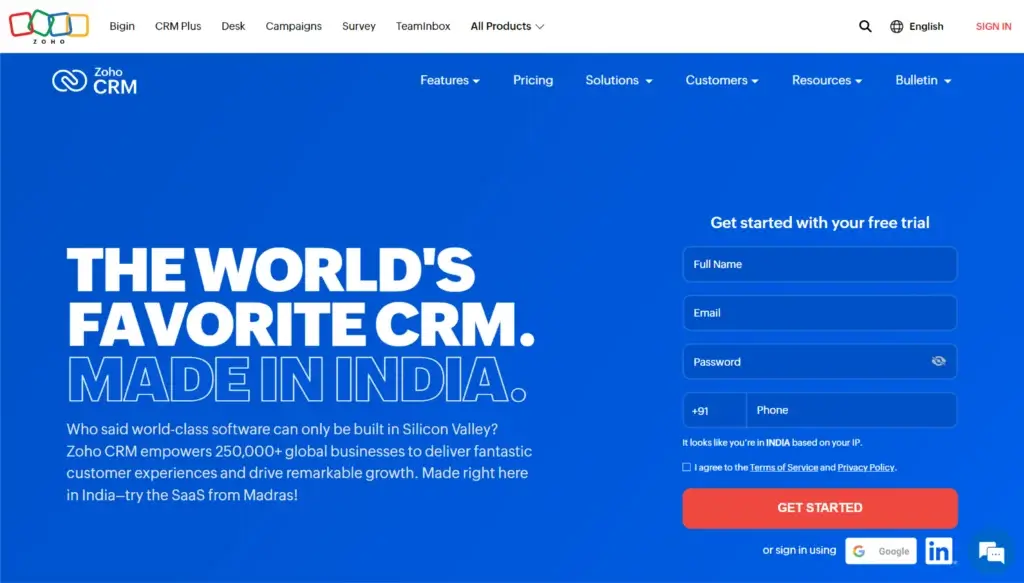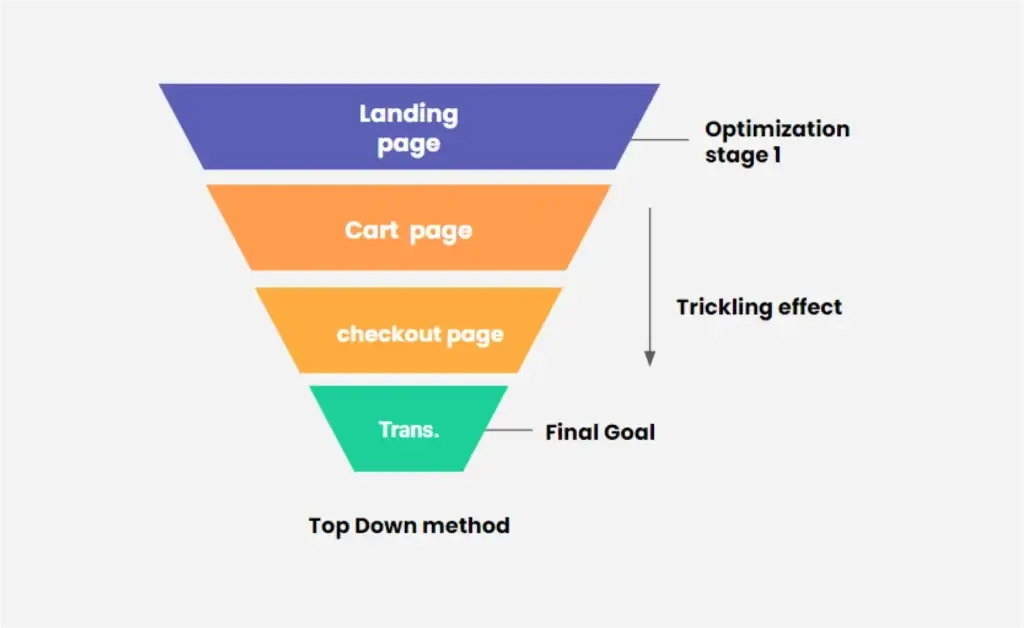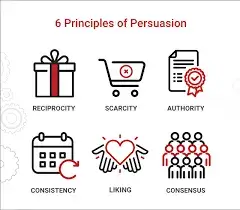8-Steps to Create a High Converting Landing Page
Attracting users to your website is just the first step in a challenging journey. Once visitors land on your site, the real test begins. Every click counts, playing a pivotal role in either enhancing or diminishing your platform’s conversion rate. The landing page serves as a crucial initial phase in the user’s journey and the conversion funnel.
But what exactly is a landing page, and what does it take to build a high-converting landing page?
Unlike homepages that act as gateways to various sections of a website, landing pages are standalone entities, strategically designed to drive conversions. They are the battlegrounds where we persuade users to take specific actions – be it signing up for a newsletter, purchasing a product or service, or registering for an event.
Optimizing landing pages is essential for directing users smoothly through their journey, ensuring not only a pleasant but also a meaningful experience.
Step 1: Gather the necessary user insights
Hey there! Ever wondered why some landing pages just seem to work magic in converting visitors, while others don’t? It’s all about really getting to know your users. At Tatvic, our CRO specialist conducts quantitative and qualitative analysis to derive user insights that help in creating a high-converting landing page.
Quantitative Analysis: What’s Happening on Your Page?
How long are visitors staying?
What’s getting clicked?
Tools like Google Analytics can be your best pals here. They help you spot which particular feature of your page is leading to user drop-off
Qualitative Analysis: Why Are Users Behaving This Way?
This is where you get to play psychologist. It’s all about understanding the ‘whys’ behind those numbers. Why do users bounce off a certain point? Why do they love a particular section? It’s about getting into their heads. Surveys, feedback, and user testing, these are your landing page optimization tools. You might discover something as simple as a confusing form field that’s turning people away.
When Quantitative Meets Qualitative
When you mix these two – quantitative and qualitative, that’s when the magic happens. It’s like having a map and a compass; you know where you are and where you need to go. You get to see the full picture: not just where users are dropping off, but why they’re doing it. And that’s when you make an informed decision towards landing page optimization.
Remember, it’s not just about data and feedback; it’s about creating a page that speaks directly to your users’ hearts and minds. And that’s something you don’t want to miss out on!
Step 2 – Define the landing page’s success metrics
Landing pages are built to enhance conversion rates and achieve specific business objectives. These pages are tailored to a targeted audience, based on a clear understanding of customer needs and preferences. The effectiveness of a landing page hinges on its alignment with the type of product or service offered, and its design is usually centered around one of two primary goals: lead generation or direct sales.
Setting an objective or purpose of a landing page is necessary so that we can create interactive elements that are connected to your goals. For example, if the landing page is focused on lead generation. The first fold of the page must have brief content and an action item connected to that info like a CTA. This gives users an avenue to fill out forms, download brochures, get a callback, get early bird discounts, etc.
Step 3: Assess the landing page’s effectiveness against the CRO metrics
Previously we have sent an objective for our landing page. Now it is time to check the performance of the page. The question is how do we do this?
You can assess the effectiveness of your landing page by these CRO metrics.
The following metrics can help you to understand how good the landing page is performing.
- Conversion Rate (CR)
- Click-Through Rate (CTR)
- Bounce Rate
- Time on Page
- Exit Rate
- Form Submission Rate
- Average Session Duration
- Scroll Depth
- Page Load Time
- Traffic Sources
- Conversion Funnel Analysis
- User Demographics
You must extract these data from Google Analytics, create a data flow, and draw out insights.
If the bounce rate is very high then you need to address this first, you must prioritize which metric you must improve first but that doesn’t mean you can only improve one thing at a time. Because these matrices are interconnected many times we have observed that if we reduce the bounce rate, indirectly we can see improvement in average session duration and CTR. Furthermore, we will address how to tackle multiple problems and how to strategies an approach.
Also, data from these metrices will play an important role in the next step in landing page optimization.
Step 4: Comprehensive UX Heuristic Evaluation
Effective landing page optimization services focus on improving user experience by ensuring efficient navigation, engaging content, and high-performance functionality.
Here are the key factors to evaluate:
-
Page Navigation and Accessibility:
Ensure that the landing page is easy to navigate and accessible to all users, including those with disabilities. This includes clear headings, logical flow, and compatibility with screen readers.
-
Content Clarity and Relevance:
The content should be directly relevant to the user’s needs and expectations. It must be concise, clear, and compelling, with a straightforward value proposition.
-
Visual Design and Layout:
The visual elements of the landing page should be appealing and functional, guiding the user’s attention to key information and actions without causing distractions or confusion.
-
Call-to-Action (CTA) Effectiveness:
CTAs should be prominently placed and clearly worded, encouraging users to take the desired action, whether it’s signing up, making a purchase, or downloading a resource.
-
Loading Speed and Technical Performance:
A slow-loading landing page can significantly increase bounce rates. Ensure the page loads quickly and functions smoothly across different devices and browsers.
-
Mobile Responsiveness:
With the increasing use of mobile devices, the landing page must be fully responsive, providing a seamless experience on smartphones and tablets.
Step 5: Prioritizing Landing Page Optimization Efforts
Successful landing page optimization services take a strategic approach to enhance user engagement and boost conversions. Here’s how you can prioritize optimization efforts:
Focus on High-Impact Areas: Based on the analysis, prioritize changes that are likely to have the most significant impact on user experience and conversion rates.
Iterative Testing and Improvement: Implement changes in stages and use A/B testing to compare performance. This approach allows for data-driven decisions and continuous improvement.
Every problem needs a different strategy, but it is on us how to solve multiple problems in one go.
Reducing the bounce rate on a landing page can lead to a series of positive outcomes that enhance overall performance metrics:
Lower Bounce Rate: This keeps visitors on the page longer, indicating that the content is engaging and relevant.
Increased Session Duration: As visitors stay longer, they engage more with the content, leading to deeper interaction with the page.
Higher Click-Through Rate (CTR): Engaged visitors are more likely to respond to calls-to-action, increasing the likelihood of clicking through to further actions.
Improved Conversion Rate: The combination of lower bounce rates, longer sessions, and higher CTR contributes to a better user experience, building trust and increasing the chances of conversion.
One of the most common and effective landing page optimization strategies is the top-down method. The logic is to minimize the friction and improve the user experience at each step of the funnel. therefore we can retain more users in every stage which will increase our final conversions.
For example, hypothetically you are driving a large no of users to your landing page still your CVR is not good. Therefore you create a user journey and find out there is a higher drop at the landing page. So we optimize this and it will have a trickling effect and your overall CVR will increase.
You must have multiple different strategies and should do A/B testing. It is quite important to test and validate which is explained further.
Step 6: Adding principles of persuasion
Any design we use must be a persuasive design, our objective is to make the user believe that their purchase is the right decision. There are certain elements that a landing page must have
If it is an e-commerce-focused website then social proof, and liking could work well. If it is a lead generation landing page then reciprocity will work very well. Our approach should be to include as many persuasions as possible and test them individually to find out what works best. Even a combination of persuasion works well.
For example:
There is an event registration website, and seats are limited. We should showcase limited seats and live numbers of available seats. The principle of persuasion in work here is scarcity. To increase the effectiveness of our landing page design, we can combine multiple persuasive elements. For instance, scarcity will work well if we combine it with authority or social proof.
Step 7: Resonating with brand narrative
Every brand builds a brand perception by communicating value to its customers and making them feel; confident that they are making the right decision. Their website is the best place to buy certain products or services.
Therefore they are creating a narrative in which they are trying to convince users step by step to buy their product or services. The landing page is the first step in this process. Consequently, any design we create to optimize the landing page must convey the set brand narrative effectively in the best possible manner. However, our goal should be to enhance it further.
Step 8: Test validate and implement your learning
Testing is a key part of the landing page optimization process as it provides you insight into what works and what does not work. This can become the base of your strategy; you can drive an approach and snowball that thing. Also, it gives you leeway if your experiment is not working monitor it for 2-3 days, and if there is a negative effect close it. Now pivot your approach, this is not a failure you gain valuable insight. That particular approach to the problem is not effective. Therefore you can confidently move out and you can use this learning for any other similar problem.
If your design is performing well, that means your approach to the problem is correct. You can move forward in that direction and also try to connect the dots between the problem and drive the user to follow the funnel.
Concluding Thoughts:
Wrapping up, crafting a high-converting landing page is a step-by-step journey. From understanding your users to fine-tuning design and testing, every detail matters.
Get in touch with Tatvic to leverage the most efficient landing page optimization services and drive higher conversions with data-driven strategies.


